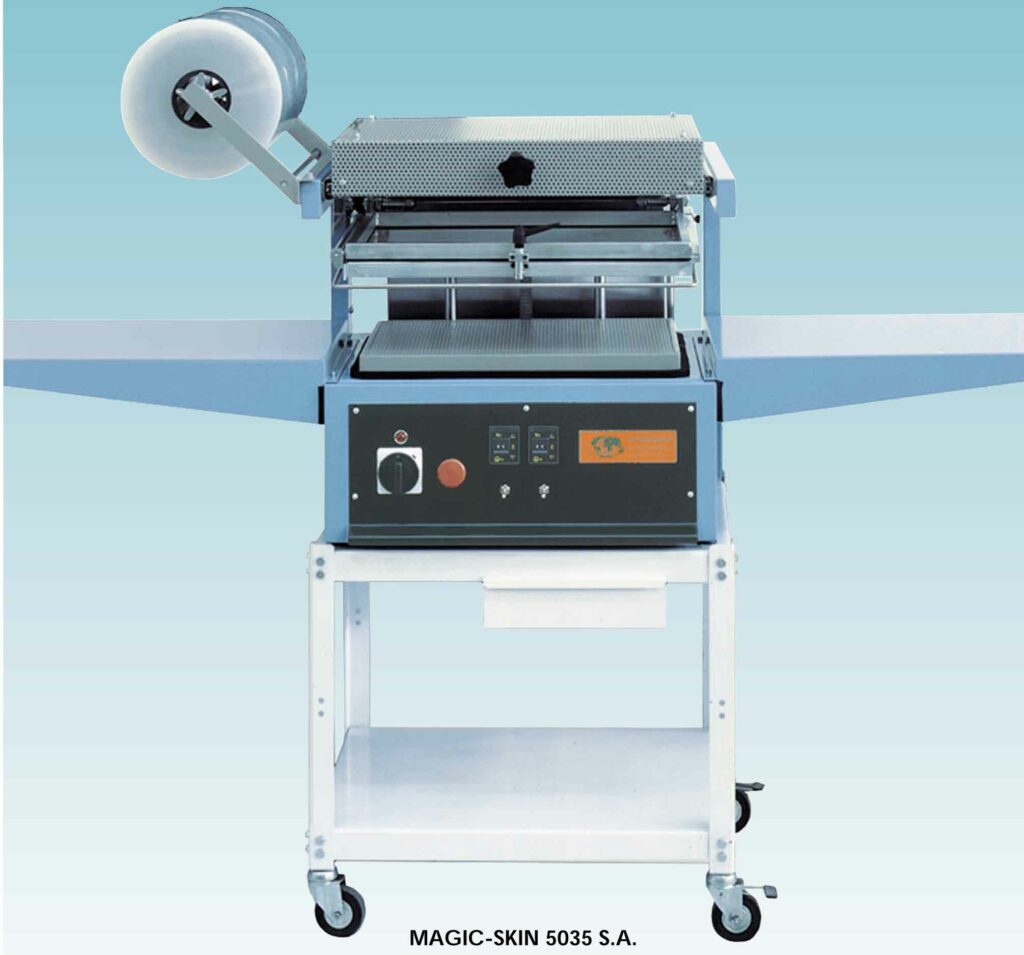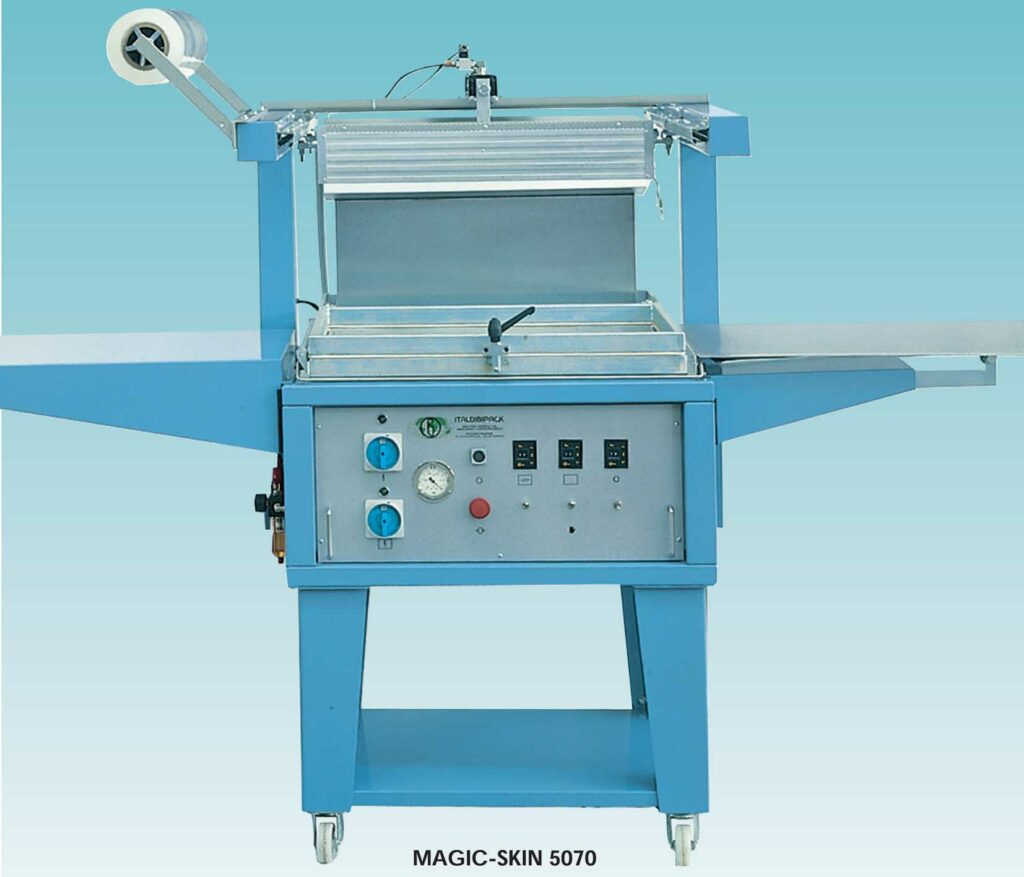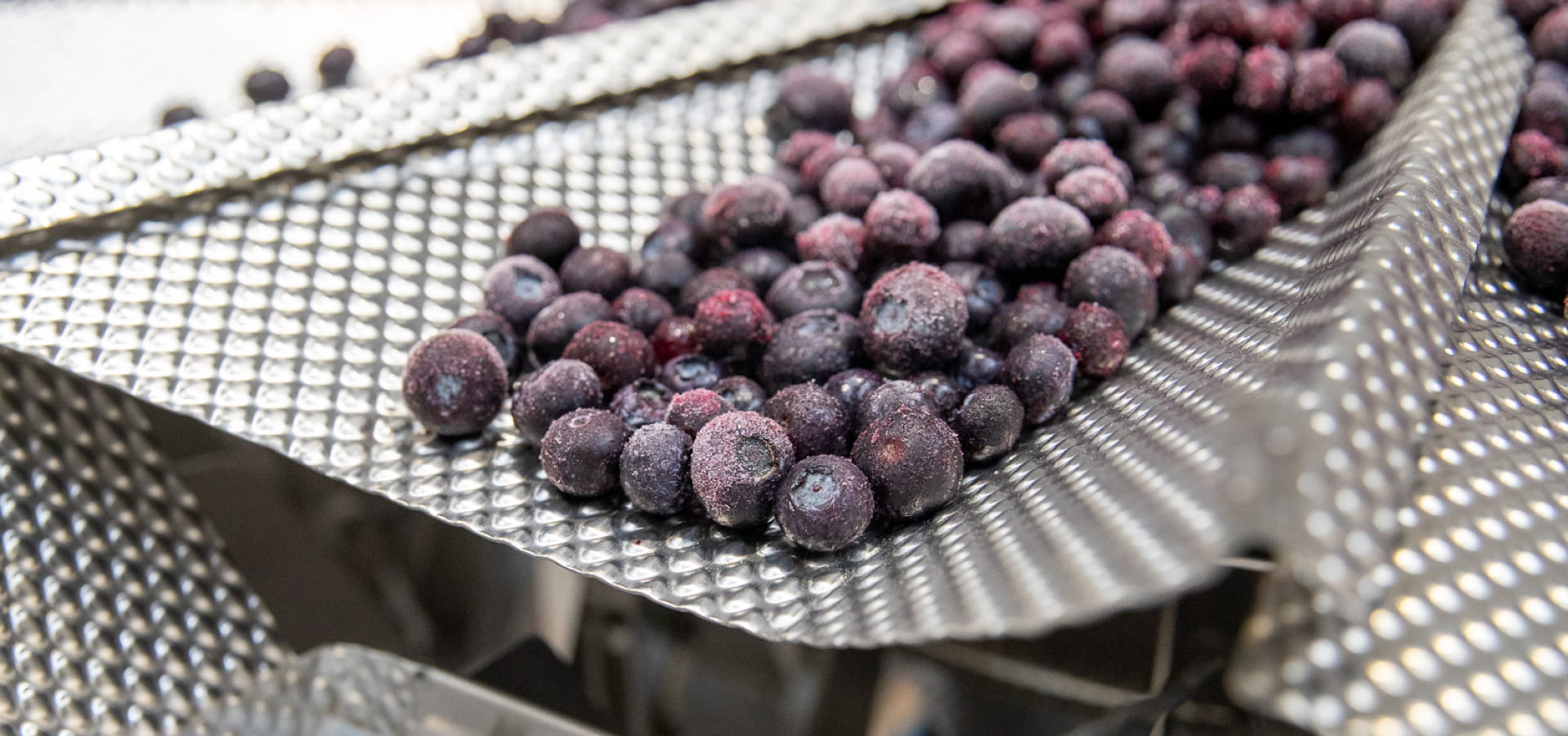What is a skin packaging machine?
A skin packaging machine is a device that wraps your product with a clear, protective “skin”.
You place your product on a card or tray. Then a clear, heated plastic film is draped over the product. The skin packing machine then vacuums out the air, causing the plastic to snugly ‘shrink’ around your product, fitting it as perfectly as a tailored suit.
Once it cools, the plastic forms a secure, transparent layer – the “skin” – that perfectly traces the shape of the product. This process highlights the natural form and features of your product, while protecting it from exposure to air, which can speed up spoilage.
The advantages of vacuum skin packaging
Vacuum skin packaging gives you an airtight seal while making your products visible and attractive.
The are several advantages to this style of packaging:
Extended Shelf Life: By extracting air and creating a vacuum, the skin packaging method slows down spoilage.
Product Visibility: Clear, tight-fitting plastic film showcases your product in its natural shape and form. This can be particularly attractive to customers who like to see exactly what they’re buying.
Damage Protection: The tight seal of the vacuum skin pack gives protection, reducing the risk of product damage during transportation and handling.
Tamper Evident: Any attempts to interfere with the packaging will be clearly visible, providing an added level of product security and safety.
What’s the difference between skin packaging and blister packaging?
Blister packaging and skin packaging are both effective ways to protect and display a product, but they are quite different.
Let’s think of it like this: blister packaging is like putting your product in a small, clear ‘cave’, while skin packaging is like wrapping your product in a tight, clear ‘coat’.
Skin packaging seals your product in a plastic film that tightly conforms to its shape, creating a ‘second skin’. It’s great for showcasing products in their natural form and is often used for perishable foods or items that benefit from a close fit and clear visibility.
On the other hand, blister packaging seals the product in a pre-formed plastic ‘blister’ or bubble that provides a cavity for the product, and then attaches this to a card or foil backing. It’s typically used for pharmaceuticals, small electronics, or hardware where you want some depth and protective space around the product.
Not sure which one is right for you? That’s where we can help! Our packaging equipment specialists are here to help you choose the right equipment. We’ve been helping NZ businesses make their production processes faster and more efficient for over 30 years. Get in touch and let us know how we can help.


